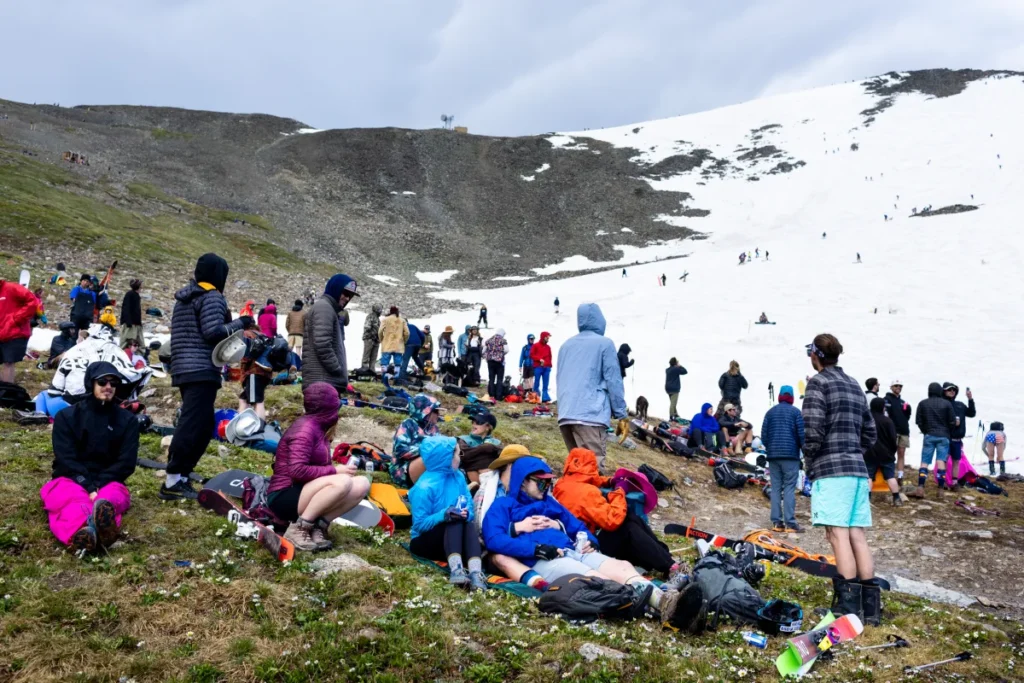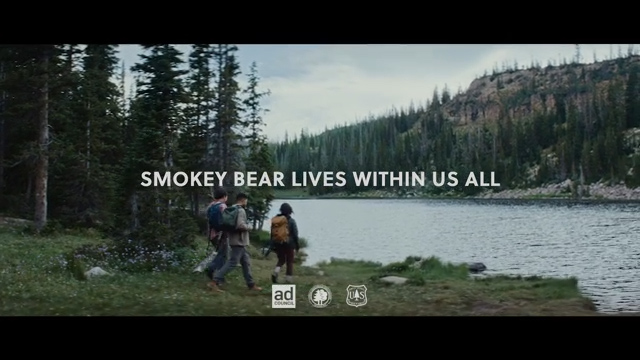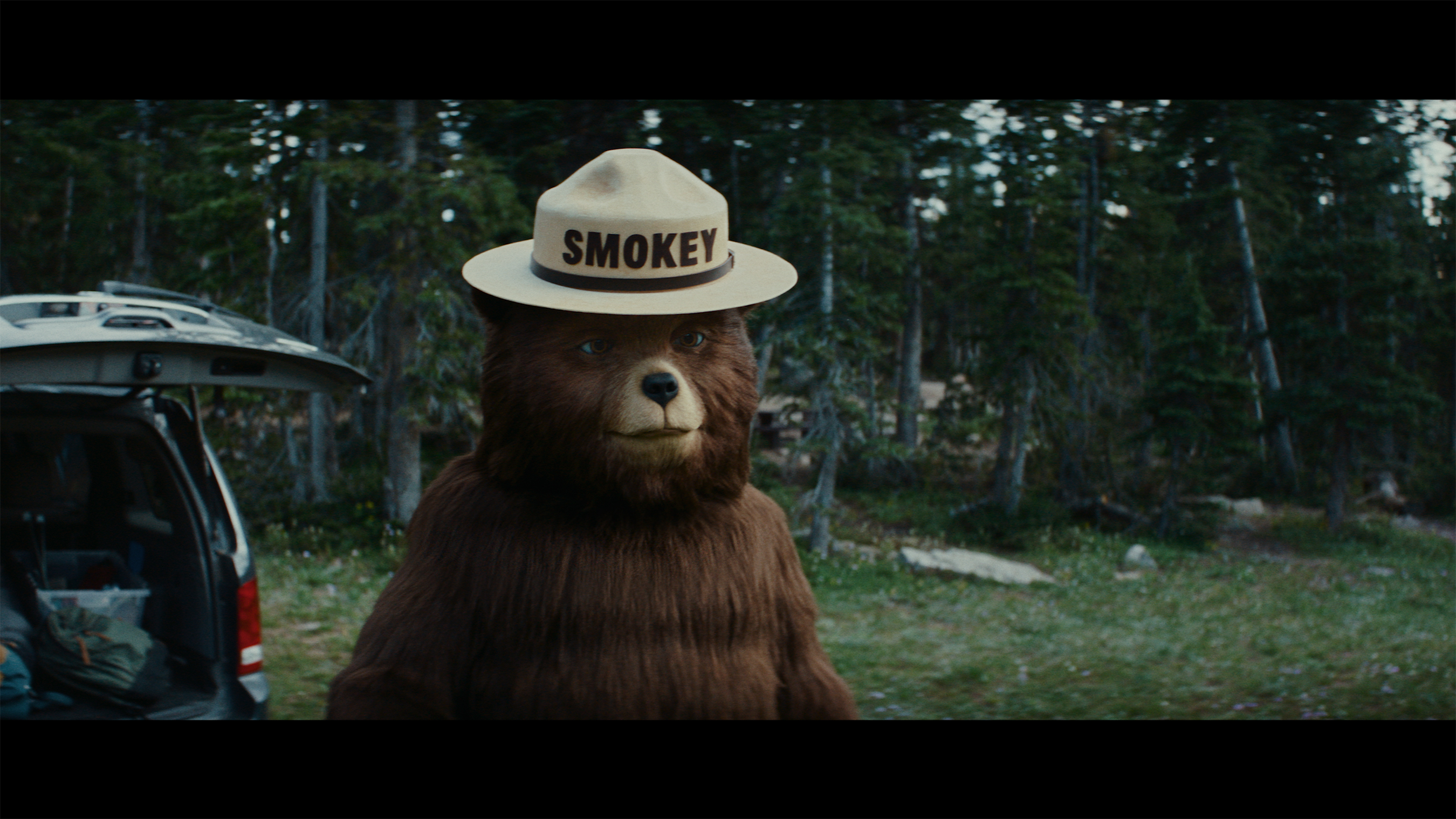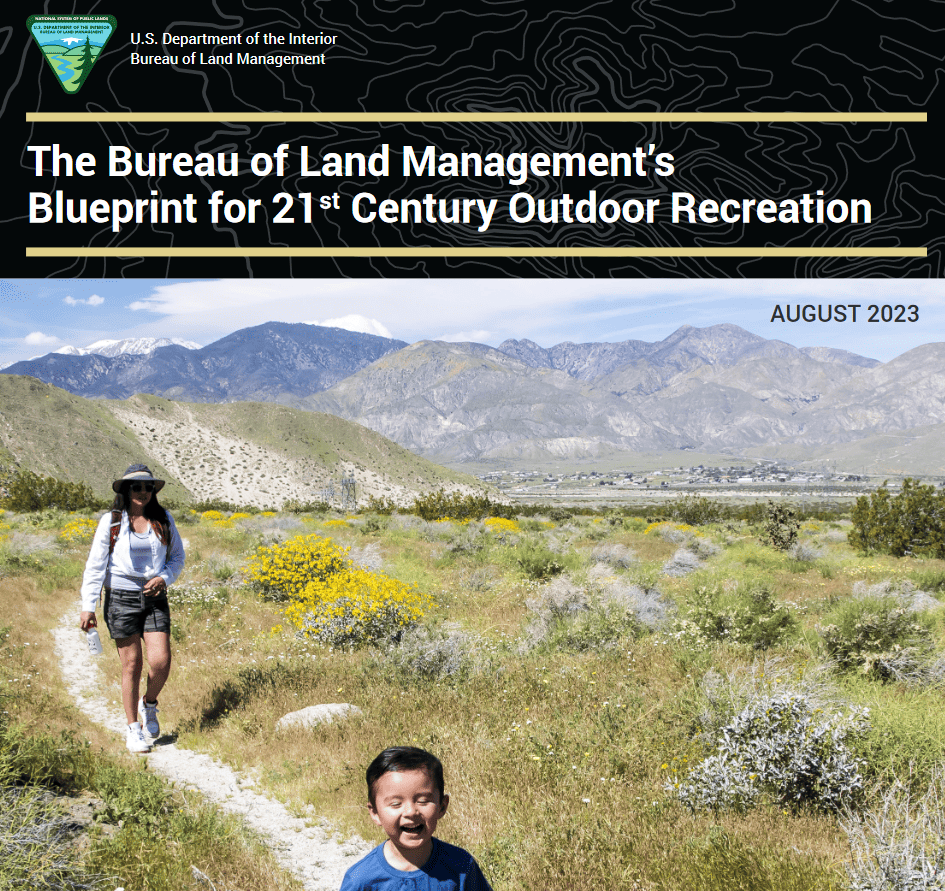I could use some help.. I’m working on comments for the Proposed CEQ NEPA regulations. Here’s a link to the redline.
Here’s what the White House said about it:
CEQ’s Bipartisan Permitting Reform Implementation Rule would modernize and accelerate environmental reviews under the National Environmental Policy Act (NEPA), encourage early community engagement, accelerate America’s clean energy future, strengthen energy security, and advance environmental justice
Sure.. doing more analysis and “accelerating environmental reviews” are the same thing (reminds me of the 2012 Planning Rule claims). Because if agencies involve the public sooner and do more analysis..everyone will agree and there won’t be litigation. And if there is successful litigation, it’s proof that those agency NEPA practitioners are doing things wrong – again. Ah.. the Circle of NEPA Life!
Anyway, the legal minds out there could really help me out by helping me understand if I am missing something. The Proposed Reg uses the term “vulnerable communities” which it doesn’t define. It also talks about “communities with environmental justice concerns.” Now conceivably, any community could have “environmental justice concerns”.. so that’s confusing to me.
The Proposed Reg does define environmental justice..
“(§1508.1 k) Environmental justice means the just treatment and meaningful involvement of all people, regardless of income, race, color, national origin, Tribal affiliation, or disability, in agency decision making and other Federal activities that affect human health and the environment so that people: (1) Are fully protected from disproportionate and adverse human health and environmental effects (including risks) and hazards, including those related to climate change, the cumulative impacts of environmental and other burdens, and the legacy of racism or other structural or systemic barriers; and (2) Have equitable access to a healthy, sustainable, and resilient environment in which to live, play, work, learn, grow, worship, and engage in cultural and subsistence practices.”
If I read this correctly, it means “all people” so that community members are “fully protected from disproportionate and adverse health and environmental effects.” So I thought about say, new transmission lines and wind facilities, even offshore wind. It seems to me that every new facility would have at least some (certainly) disproportionate and (litigatably) adverse health and environment impacts. I don’t quite understand being “fully protected from ..health and environmental effects.. including those related to the legacy of racism or other structural or systemic barriers.”
Now as far as I can tell, the regs don’t say that agencies can’t do disproportionate things, but must analyze them in § 1502.16.
The potential for disproportionate and adverse human health and environmental effects on communities with environmental justice concerns.
***********
Never fear, though, the Council may actually streamline some particular NEPA compliance:
§ 1506.12 Innovative approaches to NEPA reviews.
(a) The Council may authorize an innovative approach to NEPA compliance that allows an agency to comply with the Act following procedures modified from the requirements of the regulations in this subchapter, to facilitate sound and efficient environmental review for actions to address extreme environmental challenges consistent with section 101 of NEPA. Examples of extreme environmental challenges may relate to sea level rise, increased wildfire risk, or bolstering the resilience of infrastructure to increased disaster risk due to climate change; water scarcity; degraded water or air quality; disproportionate and adverse effects on communities with environmental justice concerns; imminent or reasonably foreseeable loss of historic, cultural, or Tribal resources; species loss; and impaired ecosystem health.
Note that “increased wildfire risk” is on the list.. as is the more generalized “impaired ecosystem health”. I could rationalize quite a few FS projects that way.. In fact, the FS has used existing CEQ emergency authorities on some projects.
And…”disproportionate and adverse effects on communities with environmental justice concerns” which, if I interpret correct, could be.. any community. It’s a pretty broad window. But if projects are to pass through it, they must go through two layers at least of environmental law folks, first to get the “innovative approach” and then through the courts if someone has the bucks to litigate. Also note that there is no public comment on the innovative approach, and only consultation with potential cooperating agencies.
***********
If these regs go through, I’m hoping the FS will use “wildfire risk” to justify perhaps a regional PODs network in each Region?
There are many interesting things about this proposed reg.. but my question is “do you read it the same way?”- that any disproportionate impact (project) could lead to any community having an “environmental justice concern?”.




